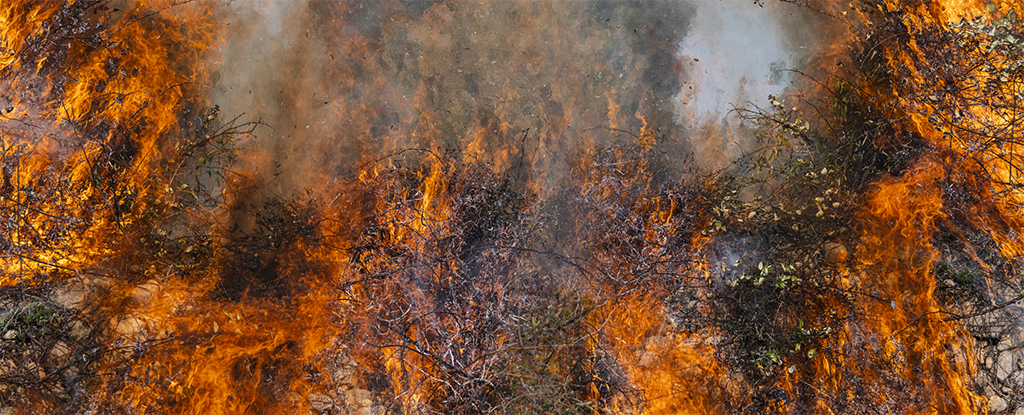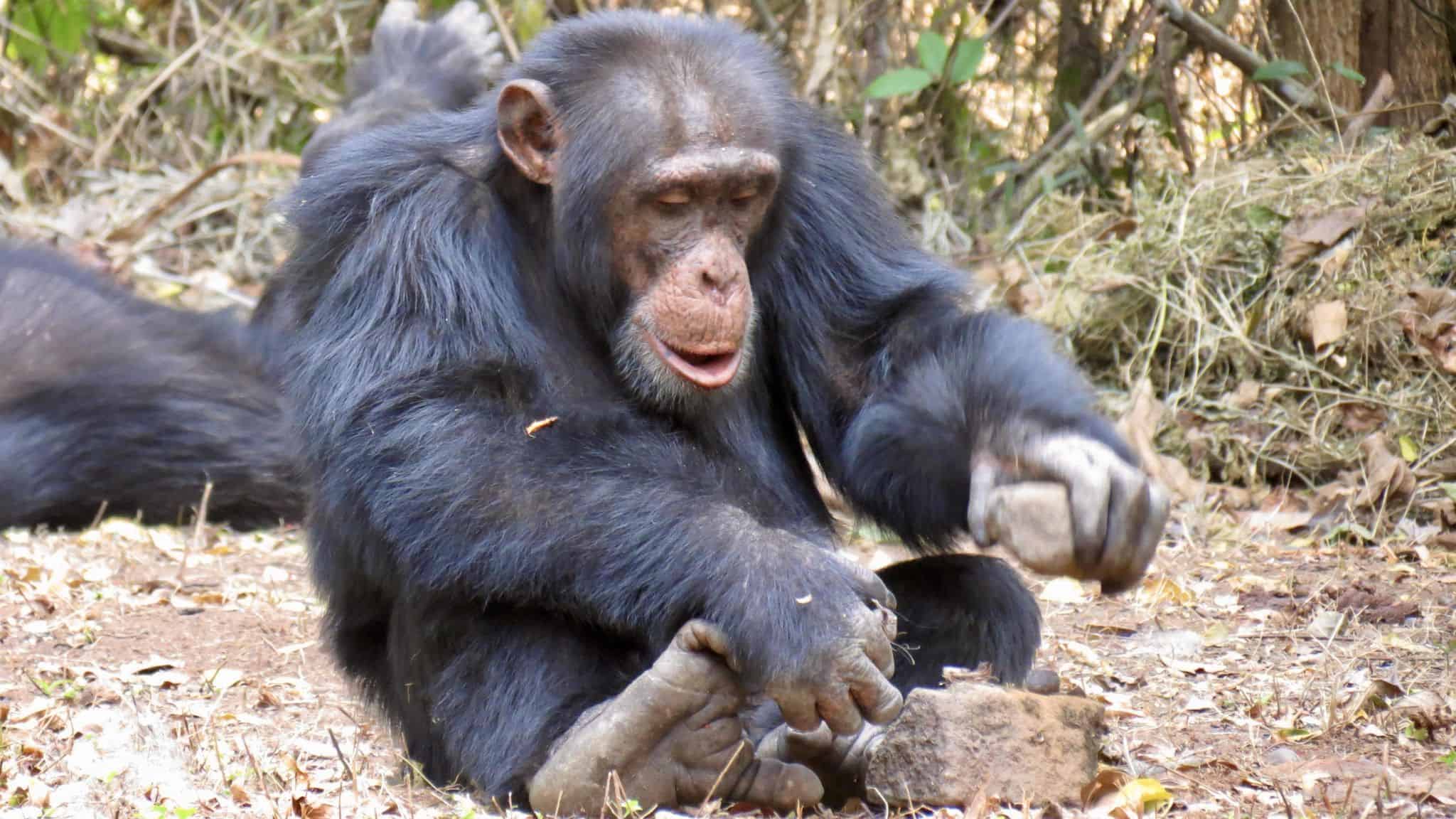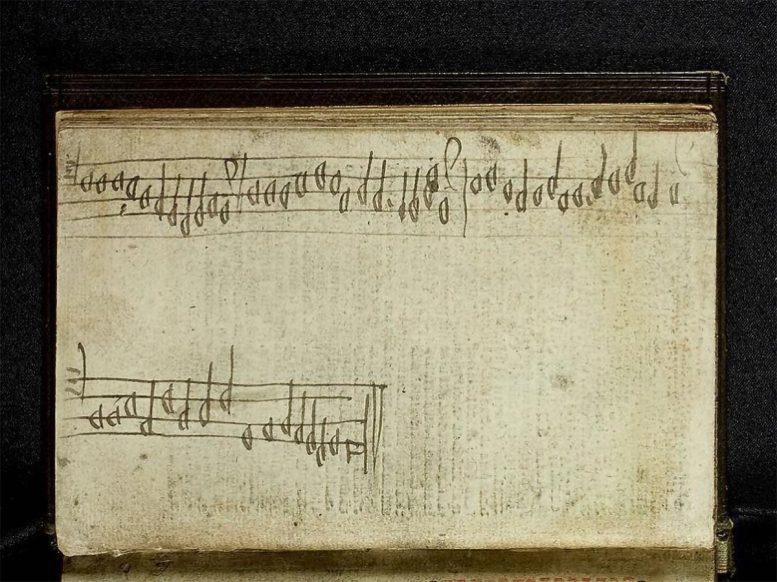Abstract
Petalidium hoarusibense, hitherto misidentified as P. rossmannianum and P. ohopohense, is here described as a new species. It is a range-restricted species, only known from the area to the south and southeast of Okandjombo in the Kaokoveld Centre of Endemism, northwestern Namibia, where it grows on arid hillsides and along ephemeral riverbeds and drainage lines. Diagnostic characters for P. hoarusibense include the pale grey appearance of the plants, single or multi-stemmed from a thick rootstock, vegetative parts with a dense white indumentum of short dendritic, simple and bifurcate trichomes appearing matted, flowers borne in short, few-flowered dichasia, and bracteoles narrowly ovate or elliptic, deeply concave, appearing cobwebbed due to a mixture of loosely entangled long simple and dendritic trichomes. The flowers of P. hoarusibense are distinctive in having the lobes magenta with the anterior lobe sometimes slightly lighter shaded than the others and with two separate narrowly triangular yellow nectar guides. A comparison of key morphological features distinguishing P. hoarusibense from P. kaokoense, its closest relative in appearance, as well as from P. ohopohense, P. rossmannianum, P. sesfonteinense, and P. welwitschii, is provided. Based on IUCN Red List criteria, a provisional conservation assessment of Vulnerable (VU) is recommended for the new species.
endemism, flora, Kaokoveld, Kaokoveld Centre of Endemism, Kunene Region, Namib Desert, Ruellieae, Okandjombo, Hoarusib River, taxonomy, Eudicots
 |
| Petalidium hoarusibense. Morphology of leaves and flowers. A. Shoot with flower and leaves, the latter with dense, greyish white indumentum. B, C. Flower in front (B) and side (C) view; note bracteoles (some of spent flowers) with cobwebby indumentum. D, E, F, G. Flowers in front view, each from a different plant to show variation. Note all corolla lobes of a flower being ca. similarly coloured in various shades of magenta, or lateral and upper lobes slightly darker shaded than the anterior lobe, sometimes (as in D, E, G) with darker magenta or maroon triangular nectar guides; anterior lobe adaxially with two narrowly triangular yellow nectar guides. Photographs by W. Swanepoel. |
 |
| Petalidium hoarusibense. Habitat and habit. A. Mature plant ca. 800 mm high (greyish shrub in foreground), growing among dark grey sedimentary rocks of the Swakop Group along the banks of the Hoarusib River near Okandjombo, Namibia. B. Base of plant showing several branches arising from the main stem just above ground level, each covered with rough, fissured, greyish white bark. Photographs by W. Swanepoel. |
Petalidium hoarusibense Swanepoel & A.E.van Wyk, sp. nov.
Diagnosis:—A woody dwarf shrub up to 1.2 m tall, morphologically most similar to Petalidium kaokoense, from which it differs in having indumentum on the bracteoles cobwebbed, consisting of a mixture of loosely entangled simple and dendritic trichomes up to 2.5 mm long, with in addition scattered short-stalked glandular trichomes (vs. matted/compact, stellate and dendritic, shorter, up to 0.5 mm long, lacking glandular trichomes); corolla glabrous outside (vs. exposed part strigose); nectar guides on anterior lobe narrowly triangular, separate (vs. linear-oblong, confluent or nearly so).
Etymology:—The specific epithet refers to the Hoarusib River and its catchment to which Petalidium hoarusibense is endemic.









Leave a Comment